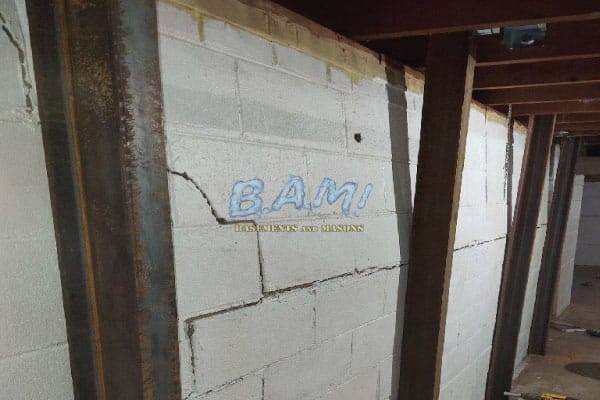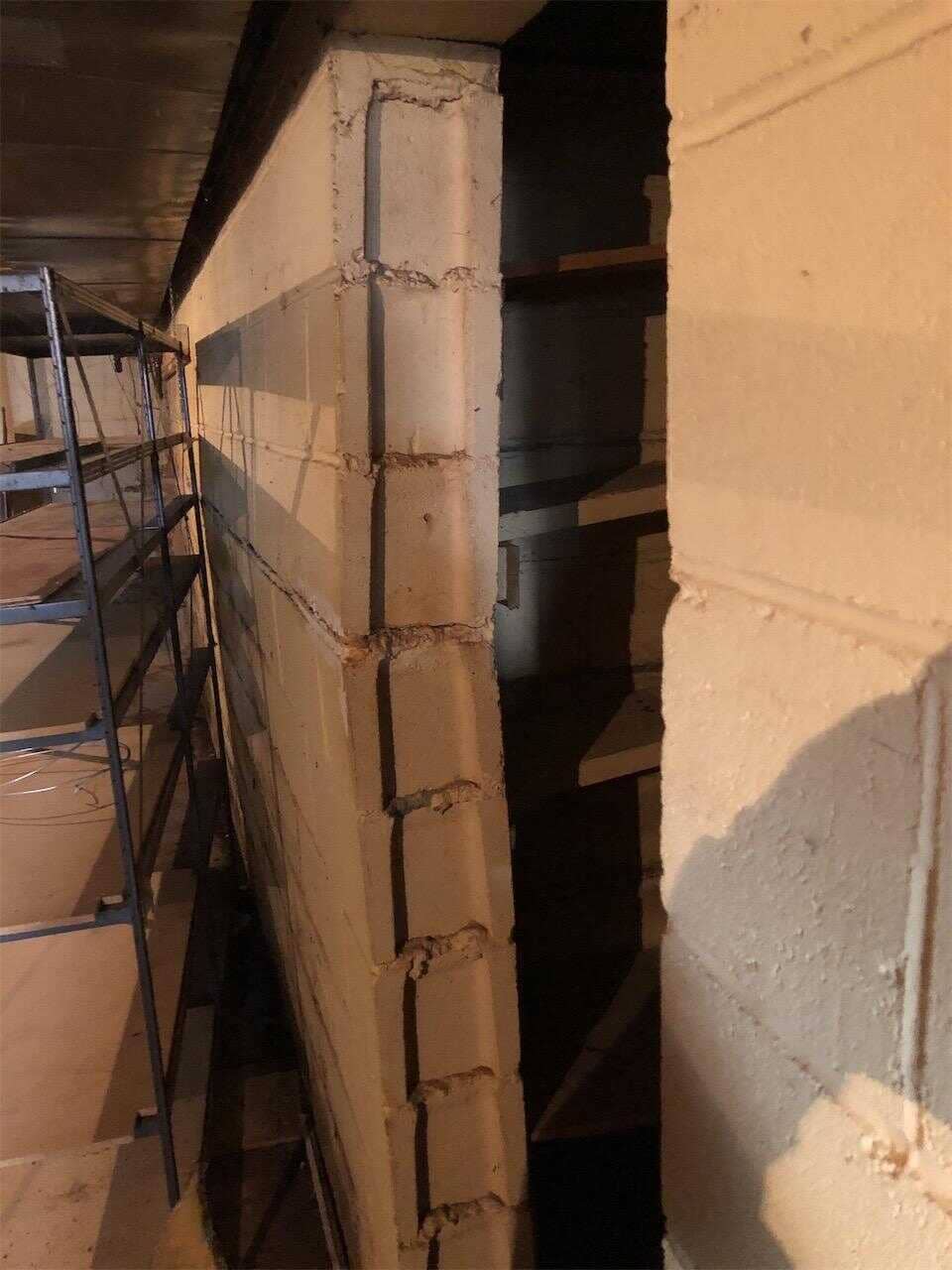Best Basement Waterproofing for Dummies
Best Basement Waterproofing for Dummies
Blog Article
Some Known Factual Statements About Best Basement Waterproofing
Table of ContentsBest Basement Waterproofing for Beginners7 Simple Techniques For Best Basement WaterproofingAn Unbiased View of Best Basement WaterproofingBest Basement Waterproofing - TruthsHow Best Basement Waterproofing can Save You Time, Stress, and Money.
uses excavation methods toward the base of the structure's structure. entails removing wetness after it has gone into the cellar. AdvantaClean's experienced specialists and specialists will find the water resource. If wall surface or piece splits exist, we will certainly infuse polyurethane and epoxies into the fractures and seal the compromise, preventing further moisture from getting in.
If there's condensation on the outside of the aluminum foil, you have high moisture in your basement. If the foil has condensation on the within surface (following to the wall), the soil around your house might be normally damp from a high water table or inadequate soil drain.
You can waterproof simply your indoor walls, which may resolve the trouble. Or you can waterproof your exterior wall surfaces, which is a far better bet but more expensive. Right here's the inside story on the different types: These thick finishings are cement-like. Once they dry, they stick completely to concrete and stonework wall surfaces (Best Basement Waterproofing).
How Best Basement Waterproofing can Save You Time, Stress, and Money.
Concrete waterproof layers can not be used to formerly painted surfaces; examine the tag. Recognized as densifiers, they are appropriate just for wall surfaces that haven't been painted or sealed.
Yet you brush, roll, or spray it on much even more heavily one gallon covers just 75 square feet, not the 300 square feet common with standard paint. Water resistant paint is great for DIY application. You can use it over painted surfaces, and paint over it once it's treated (one gallon prices $37).
It can set you back $10,000 to $15,000, depending upon the work required. Exterior waterproofing entails digging deep into all over your home fully deepness of the structure wall surfaces, after that setting up link a waterproof coating or membrane topped by drain panels. The panels give a very easy path for water to move to an external French drainpipe at the end of your structure.
A cellar without waterproofing is kind of like that. Your cellar doesn't want to go through a downpour without proper protection just as much as you don't want to.
Best Basement Waterproofing Can Be Fun For Everyone
If you've done your research study, you 'd recognize there are 2 types of waterproofing: inside and outside. It can get perplexing what they both mean, which one's a far better financial investment, and what will actually keep the water out. Don't stress, we put with each other this blog to conveniently define both approaches for you and talk about the benefits and drawbacks of each.
Exterior waterproofing is a waterproofing technique that includes sealing your home from the outside. The foundation walls you can check here are then cleaned up, secured, and covered with a water resistant membrane layer or sealer.

An Unbiased View of Best Basement Waterproofing
It's a much more engaged process that requires excavating up your lawn, which is pricey and lengthy. Exterior waterproofing includes getting rid of everything surrounding your house, consisting of patios, driveways, walkways, landscape design, AC systems, decks, and so on. If my blog any of the job was done incorrectly and water is still entering your cellar, there isn't much you can do to remedy or repair it.
Interior basement waterproofing involves waterproofing from the inside. Any water that leakages right into your cellar is redirected before it touches your floor.
It's an effective method to water-proof your cellar - Best Basement Waterproofing. The downside of interior cellar waterproofing primarily pertains to the installation procedure. This technique requires stored items, furniture, and built-in shelving or cupboards to be relocated from touching the basement walls. And during installment, your basement can't be made use of. The greatest difference between the two methods is this: Exterior waterproofing is a preventative option and indoor waterproofing is a restorative remedy.
The Greatest Guide To Best Basement Waterproofing
Finally, exterior and indoor basement waterproofing are both effective methods of protecting your home from water damage. Outside waterproofing creates a barrier that avoids water from entering your home, while indoor waterproofing reroutes water that does enter your home. And it is very important to note that outside waterproofing is an expensive and disruptive installation process when contrasted to indoor waterproofing.
Whichever technique you select, make certain you select a trusted and reliable contractor for the job. Both techniques call for seasoned workers to manage the task. If you have any kind of questions concerning basement waterproofing, please connect to us. And if you remain in our service location and have water in your basement, contact us for a complimentary, no-obligation home examination.
You can complete our type right here, begin a conversation in the bottom right-hand corner, or call us at 1-800-827-0702.
Report this page